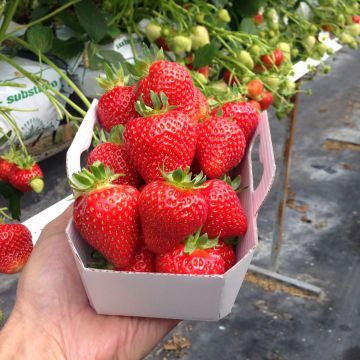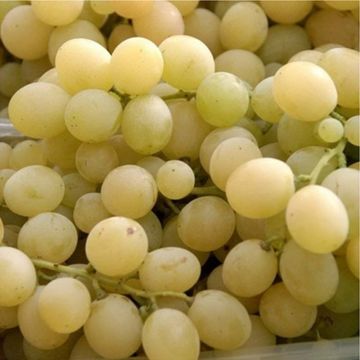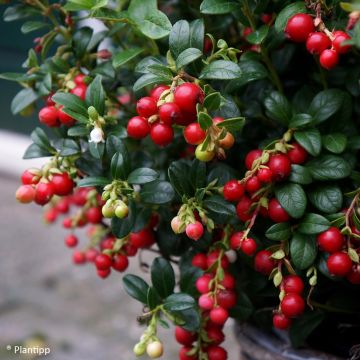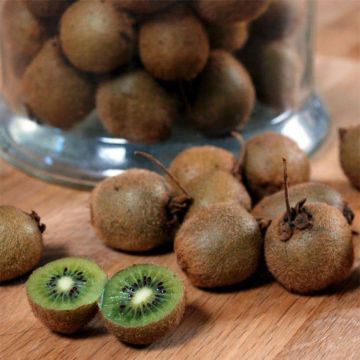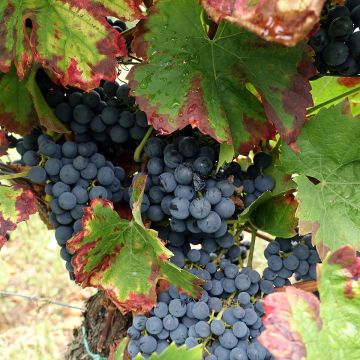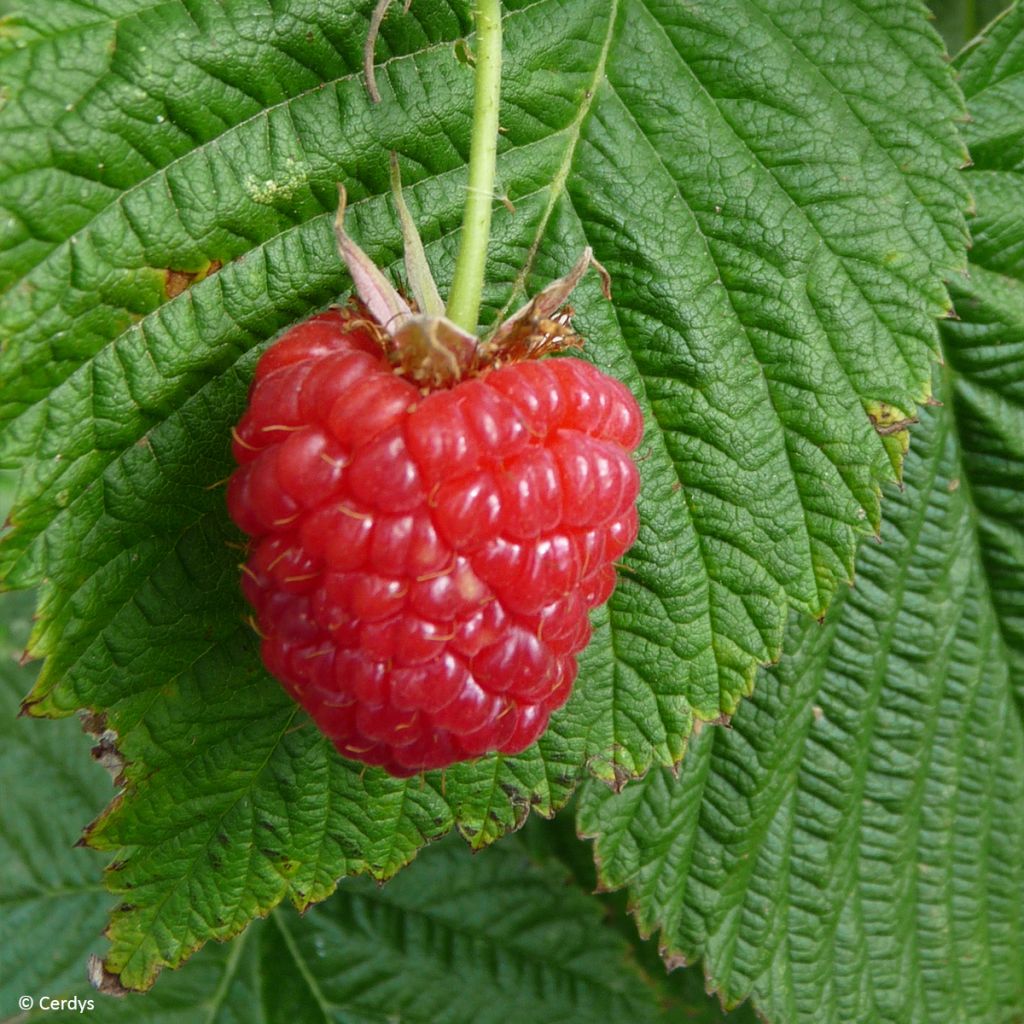

Raspberry Mademoiselle Françoise- Rubus idaeus
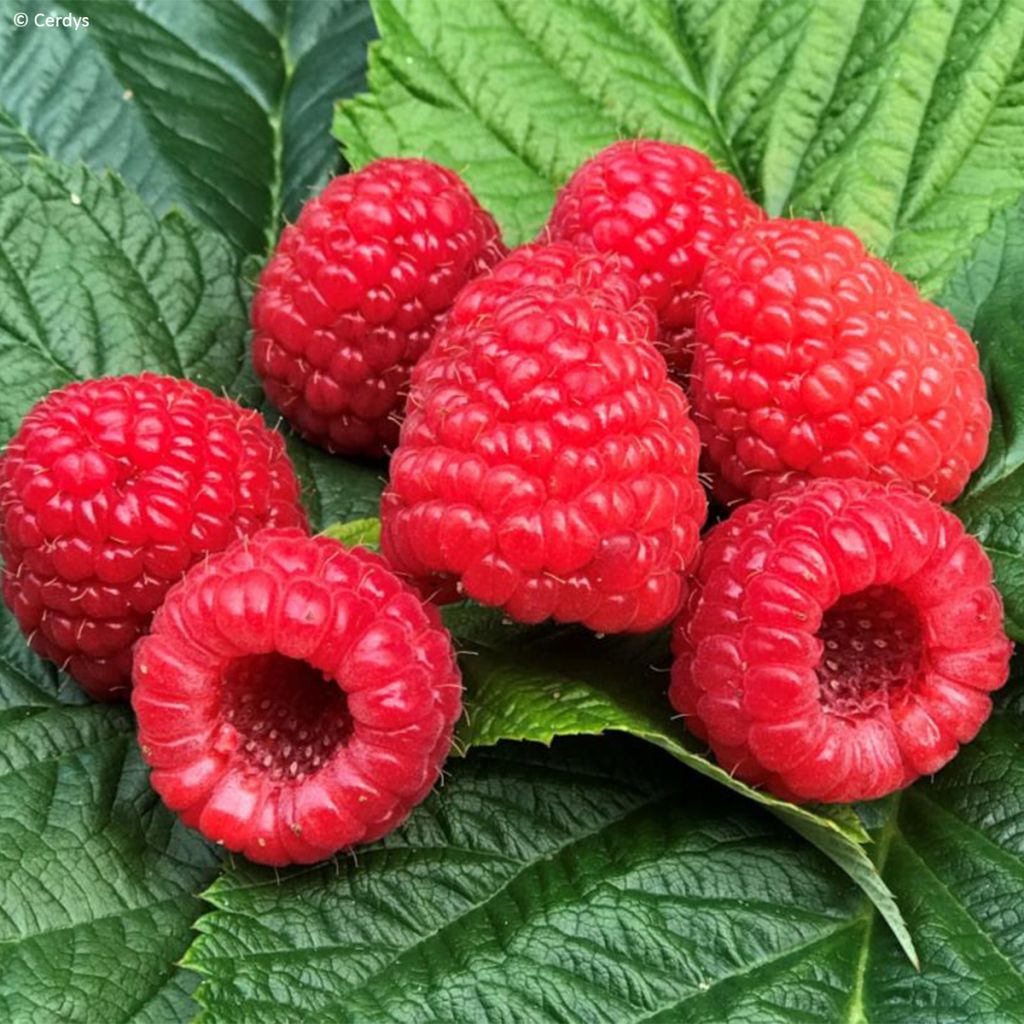

Raspberry Mademoiselle Françoise- Rubus idaeus
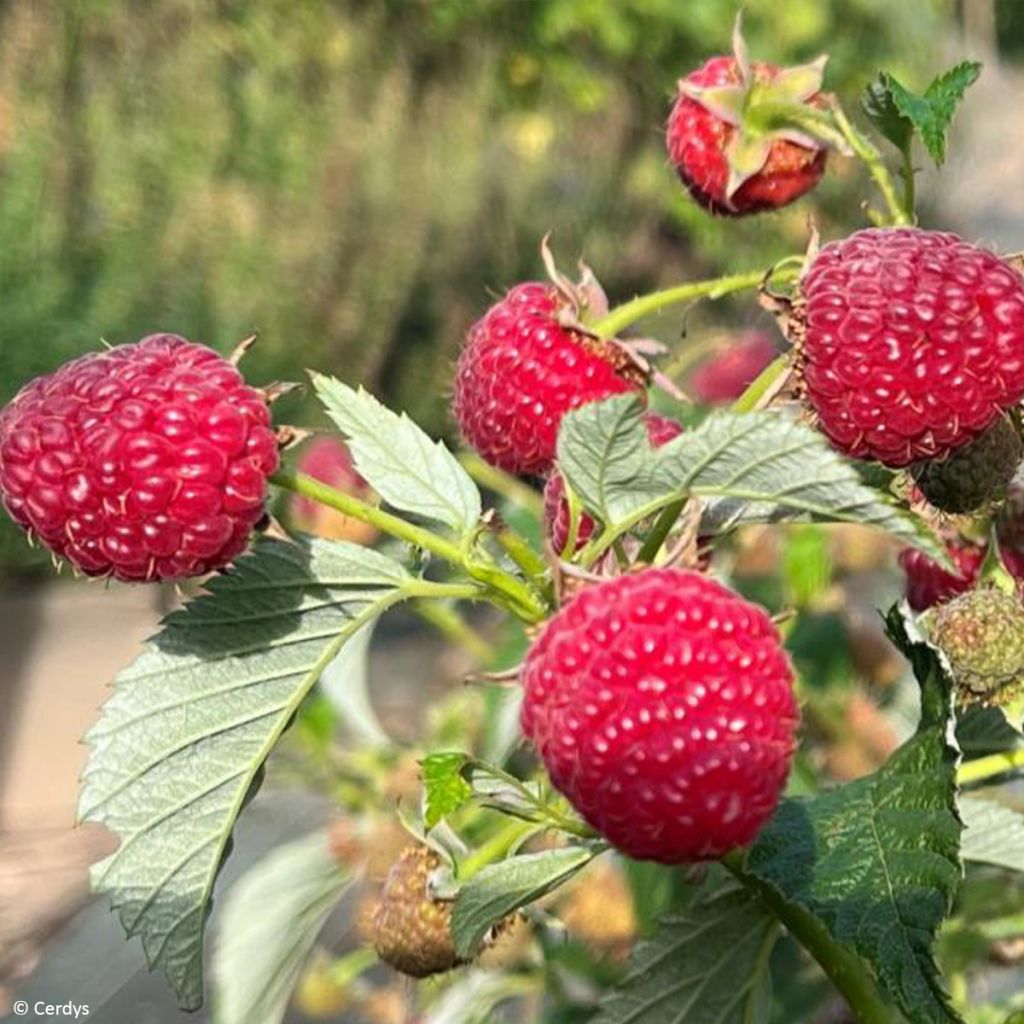

Raspberry Mademoiselle Françoise- Rubus idaeus


Raspberry Mademoiselle Françoise- Rubus idaeus
Raspberry Mademoiselle Françoise- Rubus idaeus
Rubus idaeus Mademoiselle Françoise®
Raspberry, Red Raspberry, European Raspberry
Special offer!
Receive a €20 voucher for any order over €90 (excluding delivery costs, credit notes, and plastic-free options)!
1- Add your favorite plants to your cart.
2- Once you have reached €90, confirm your order (you can even choose the delivery date!).
3- As soon as your order is shipped, you will receive an email containing your voucher code, valid for 3 months (90 days).
Your voucher is unique and can only be used once, for any order with a minimum value of €20, excluding delivery costs.
Can be combined with other current offers, non-divisible and non-refundable.
Home or relay delivery (depending on size and destination)
Schedule delivery date,
and select date in basket
This plant carries a 6 months recovery warranty
More information
We guarantee the quality of our plants for a full growing cycle, and will replace at our expense any plant that fails to recover under normal climatic and planting conditions.

Description
The Mademoiselle Françoise ® raspberry bush stands out for its healthy foliage, with a dark green shade and no particular sensitivities. The beautiful fruits, bright red, measuring 1.5 to 2 cm (1in) in diameter and weighing around 5 grams, are easily picked due to their accessibility on almost thornless branches. They are fragrant, balanced in sugar and acidity, and their very firm texture ensures excellent preservation. As a perpetual variety, this raspberry bush produces fruit twice a season. The first harvest takes place in summer, on the previous year's canes, followed by a second harvest in autumn on the current year's branches. This characteristic allows for enjoying fresh raspberries at two distinct times of the year. Being self-fertile, this raspberry bush pollinates itself, however, for continuous production and flavor diversity, cultivate it alongside other varieties. Opt for planting in autumn or spring, especially in regions with cold or humid winters. With notable robustness, it resists inclement weather up to -20°C (-4°F) and remains disease-resistant. Thus, its maintenance is simple and its cultivation requires little specific care.
The Rubus idaeus, commonly known as Raspberry, native to Europe and temperate Asia, belongs to the Rosaceae family, like strawberries, blackberries, and wild roses. In its native habitat, it grows in the understory of cool climates in association with plants such as: rowan, elderberry, or beech, with which it forms a symbiotic association. Production is optimal from the third year after planting. The lifespan of the raspberry bush is about ten years. There are two categories of raspberry bushes. Perpetual varieties provide two harvests, the first in June-July on the previous year's canes, and the second from August until frost on the young shoots of the year. Non-perpetual varieties, on the other hand, yield abundant crops around June-July, on the previous year's canes.
The 'Mar 505' variety is a recent innovation from Marionnet nurseries, developed by their Research and Plant Innovation Center (C.R.I.V.) located in Sologne, France, and marketed under the name Mademoiselle Françoise ®. It is a hybrid variety that forms a bushy shrub reaching a height of 1.20 to 1.50 meters (4 to 5 feet) and an approximate width of 80 cm (32in). Its deciduous foliage is carried by upright stems, developing as a suckering perennial stump. The stems or canes are biennial, each having the peculiarity of dying after fruiting. From its roots, suckers emerge every year, forming new thornless canes. The Raspberry bush bears green leaves on the top, whitish-green and tomentose on the underside. The very melliferous flowers bloom from May to August. The white flowers, 1 to 2 cm (0 to 1in) in diameter, are grouped in small clusters of 10 to 12. The fruits are formed by small agglutinated drupes, easy to detach when ripe.
The Mademoiselle Françoise Raspberry is a variety that offers an abundant harvest in two periods, from June to early August and from September to November. This characteristic presents the advantage of numerous harvests spread over the summer and autumn, much to the delight of gourmets, both young and old. The Raspberry is a delicate fruit that needs to be carefully picked. Light washing with water is possible, and it keeps better in the refrigerator. Picking is easy, and it is very pleasant either to enjoy the fruits on the spot or to pick them for various culinary uses: sorbets, coulis, jams, tiramisu, crumble, puddings... not to mention the traditional Raspberry Tart. Low in calories but rich in minerals (calcium, magnesium, iron), vitamin C and K, fiber, and antioxidants, raspberries contribute to a balanced diet.
Easy to cultivate, the Mademoiselle Françoise Raspberry bush easily finds its place in a gourmet hedge, a vegetable garden, an ornamental garden, or even in a large pot on a terrace or balcony. Alongside other varieties of small fruits, it brings its distinctive touch, enriching the harvests with its sweet and unique flavors. To enhance the diversity of color and flavor of raspberries, consider planting near perpetual varieties such as Zeva and Heritage, or colorful fruit varieties like Golden Everest and Fall Gold with yellow fruits, or Glen Coe, a thornless variety with purple fruits.
Report an error about the product description
Raspberry Mademoiselle Françoise- Rubus idaeus in pictures




Plant habit
Fruit
Flowering
Foliage
Botanical data
Rubus
idaeus
Mademoiselle Françoise®
Rosaceae
Raspberry, Red Raspberry, European Raspberry
Rubus idaeus 'Mar 505'
Cultivar or hybrid
Planting and care
The Mademoiselle Françoise ® Raspberry prefers humus-bearing, rich soils that retain moisture, even in summer, without too much limestone. It appreciates semi-shaded but bright exposures. North of the Loire, it will tolerate full sun, while in the south, it will prefer partial shade. Plant it from October to March in ordinary soil, enriched with compost and well-rotted manure.
Install the plants every 0.60 to 0.80 m (2 to 3ft) on rows spaced 1.50 m (5ft) apart. During planting, the collar should be level with the ground. It is advisable to train them with wire stretched between stakes or on a trellis.
Water regularly to promote root growth in the first year of planting. During periods of high heat or prolonged drought, provide additional water. Surface cultivate especially at the beginning of planting and apply mulch to retain moisture in summer.
The Raspberry can be susceptible to different diseases if the growing conditions are not optimal (raspberry anthracnose, raspberry rust, powdery mildew, gray rot in rainy periods, or Botrytis). The damage observed in cultivation is due to poor weather conditions, especially during cold springs which allow micro-fungi present in the soil to infest the vegetation. To protect the plants, it is recommended to feed the raspberries with organic fertilizers that promote the multiplication of anaerobic bacteria in the soil, which strengthens the soil's ability to stimulate the plant's immune system. Raspberries can also be attacked by certain parasites such as raspberry worms, the larvae of a small beetle that lodges in the fruits without causing significant damage.
The raspberry easily propagates through suckers that grow near the base: remove them and replant them in another part of the garden if desired.
Planting period
Intended location
Care
This item has not been reviewed yet - be the first to leave a review about it.
Similar products
Haven't found what you were looking for?
Hardiness is the lowest winter temperature a plant can endure without suffering serious damage or even dying. However, hardiness is affected by location (a sheltered area, such as a patio), protection (winter cover) and soil type (hardiness is improved by well-drained soil).

Photo Sharing Terms & Conditions
In order to encourage gardeners to interact and share their experiences, Promesse de fleurs offers various media enabling content to be uploaded onto its Site - in particular via the ‘Photo sharing’ module.
The User agrees to refrain from:
- Posting any content that is illegal, prejudicial, insulting, racist, inciteful to hatred, revisionist, contrary to public decency, that infringes on privacy or on the privacy rights of third parties, in particular the publicity rights of persons and goods, intellectual property rights, or the right to privacy.
- Submitting content on behalf of a third party;
- Impersonate the identity of a third party and/or publish any personal information about a third party;
In general, the User undertakes to refrain from any unethical behaviour.
All Content (in particular text, comments, files, images, photos, videos, creative works, etc.), which may be subject to property or intellectual property rights, image or other private rights, shall remain the property of the User, subject to the limited rights granted by the terms of the licence granted by Promesse de fleurs as stated below. Users are at liberty to publish or not to publish such Content on the Site, notably via the ‘Photo Sharing’ facility, and accept that this Content shall be made public and freely accessible, notably on the Internet.
Users further acknowledge, undertake to have ,and guarantee that they hold all necessary rights and permissions to publish such material on the Site, in particular with regard to the legislation in force pertaining to any privacy, property, intellectual property, image, or contractual rights, or rights of any other nature. By publishing such Content on the Site, Users acknowledge accepting full liability as publishers of the Content within the meaning of the law, and grant Promesse de fleurs, free of charge, an inclusive, worldwide licence for the said Content for the entire duration of its publication, including all reproduction, representation, up/downloading, displaying, performing, transmission, and storage rights.
Users also grant permission for their name to be linked to the Content and accept that this link may not always be made available.
By engaging in posting material, Users consent to their Content becoming automatically accessible on the Internet, in particular on other sites and/or blogs and/or web pages of the Promesse de fleurs site, including in particular social pages and the Promesse de fleurs catalogue.
Users may secure the removal of entrusted content free of charge by issuing a simple request via our contact form.
The flowering period indicated on our website applies to countries and regions located in USDA zone 8 (France, the United Kingdom, Ireland, the Netherlands, etc.)
It will vary according to where you live:
- In zones 9 to 10 (Italy, Spain, Greece, etc.), flowering will occur about 2 to 4 weeks earlier.
- In zones 6 to 7 (Germany, Poland, Slovenia, and lower mountainous regions), flowering will be delayed by 2 to 3 weeks.
- In zone 5 (Central Europe, Scandinavia), blooming will be delayed by 3 to 5 weeks.
In temperate climates, pruning of spring-flowering shrubs (forsythia, spireas, etc.) should be done just after flowering.
Pruning of summer-flowering shrubs (Indian Lilac, Perovskia, etc.) can be done in winter or spring.
In cold regions as well as with frost-sensitive plants, avoid pruning too early when severe frosts may still occur.
The planting period indicated on our website applies to countries and regions located in USDA zone 8 (France, United Kingdom, Ireland, Netherlands).
It will vary according to where you live:
- In Mediterranean zones (Marseille, Madrid, Milan, etc.), autumn and winter are the best planting periods.
- In continental zones (Strasbourg, Munich, Vienna, etc.), delay planting by 2 to 3 weeks in spring and bring it forward by 2 to 4 weeks in autumn.
- In mountainous regions (the Alps, Pyrenees, Carpathians, etc.), it is best to plant in late spring (May-June) or late summer (August-September).
The harvesting period indicated on our website applies to countries and regions in USDA zone 8 (France, England, Ireland, the Netherlands).
In colder areas (Scandinavia, Poland, Austria...) fruit and vegetable harvests are likely to be delayed by 3-4 weeks.
In warmer areas (Italy, Spain, Greece, etc.), harvesting will probably take place earlier, depending on weather conditions.
The sowing periods indicated on our website apply to countries and regions within USDA Zone 8 (France, UK, Ireland, Netherlands).
In colder areas (Scandinavia, Poland, Austria...), delay any outdoor sowing by 3-4 weeks, or sow under glass.
In warmer climes (Italy, Spain, Greece, etc.), bring outdoor sowing forward by a few weeks.


































